Below-freezing nighttime temps for most of the week were finally replaced by release-suitable temps by Friday night, with correspondingly mild daytime temps, so the overwintering flyers were offered their freedom. Thus far, as best I can tell from nightly checks, four of seven have opted for independence; three are still holding off. I expect them to high-tail it outta here in a few days, though.
The cedar waxwing was released earlier this afternoon and there was NO hesitation on his part—he flew the coop immediately!
But CLEARCUTTING? This time of year, when both gray and flying squirrels have babies in the nest, as do great horned owls? And let’s not forget that barred owls and screech owls could already have eggs in the nest; it’s March, after all. And then we have all the songbirds already constructing nests; some early nesters may already be brooding eggs. Red-tailed hawks, Cooper’s hawks and sharp-shinned hawks also are nesting now. Do you see my cause for concern?
Loggers are supposed to check out the area they’re cutting for nests because IT IS AGAINST FEDERAL LAW to disturb an active bird nest, whether songbird or raptor. Active is defined as having eggs or babies in it. Do you think they actually check for nests? OF COURSE NOT! It would interfere with their profits to have to delay razing a forest—an entire wildlife habitat—to the ground because of nesting birds, and as for mammal babies, who cares, right?
I CARE. And you should too.
Let me explain the concept of clearcutting for those who aren’t familiar. ALL trees are cut down: saplings, mature and everything in between. The result is wholesale destruction of wildlife habitat and soil erosion and water loss if the area isn’t replanted.
“Oh, but they DO replant, right?”
Nope, not always. There are two former forests a few miles from my property that were clearcut and never replanted. Some few trees that escaped slaughter still stand in solitary contrast to what was formerly a well-wooded area, and when it rains, the lower-lying of those areas is a veritable swamp. Where did the wildlife whose habitat was disrupted go? I have no clue.
And when the razed forest is replanted, it’s usually in one species—most often pines. This creates a “tree plantation” where herbicides are often used to kill down unwanted species, so you have a monoculture “forest” which is pretty much useless to wildlife. It will never support the variety of wildlife that a natural mixed-wood forest will. So our wildlife diversity takes another hit.
Wildlife issues aside, let’s just be practical about this. Vegetation is a CO2 sink and O2 producer. Remember your high school science class? In the simplest explanation, plants absorb carbon dioxide and produce oxygen through photosynthesis. Yeah, trees are a major part of the “lungs” of the planet. They contribute to clean, fresh air. And idiots want to raze entire forests to the ground???
There IS an alternative to clear-cutting: selective cutting, in which only certain trees are marked for cutting. It’s more time consuming and expensive, as the loggers must be careful to take down only designated trees and not damage the others. I know this method works, because my grandfather used it, spending much time and effort to find a logging company that would agree to selective cut, and paying more for them to do so. The result? The trees that needed to be harvested were; the surrounding trees were undisturbed, and the area remains a rich wildlife habitat today, some 30 years later.
So don’t tell me clearcutting is the only alternative; unless your planted pines are infested with pine beetles, there IS an alternative that’s better for all concerned. Clearcutting puts profit ahead of everything else, and that’s just wrong on every level. You can’t eat or breathe money, and all the money in the world won’t replace extinct species. Extinct is forever, people. Forever.
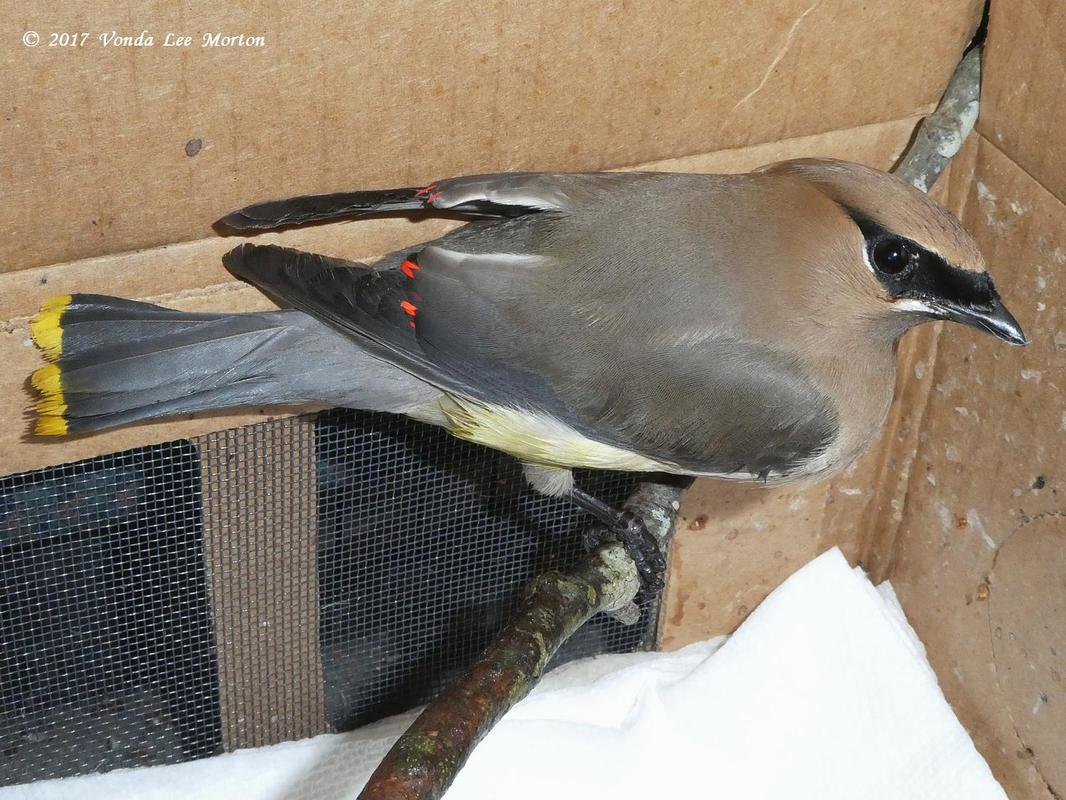
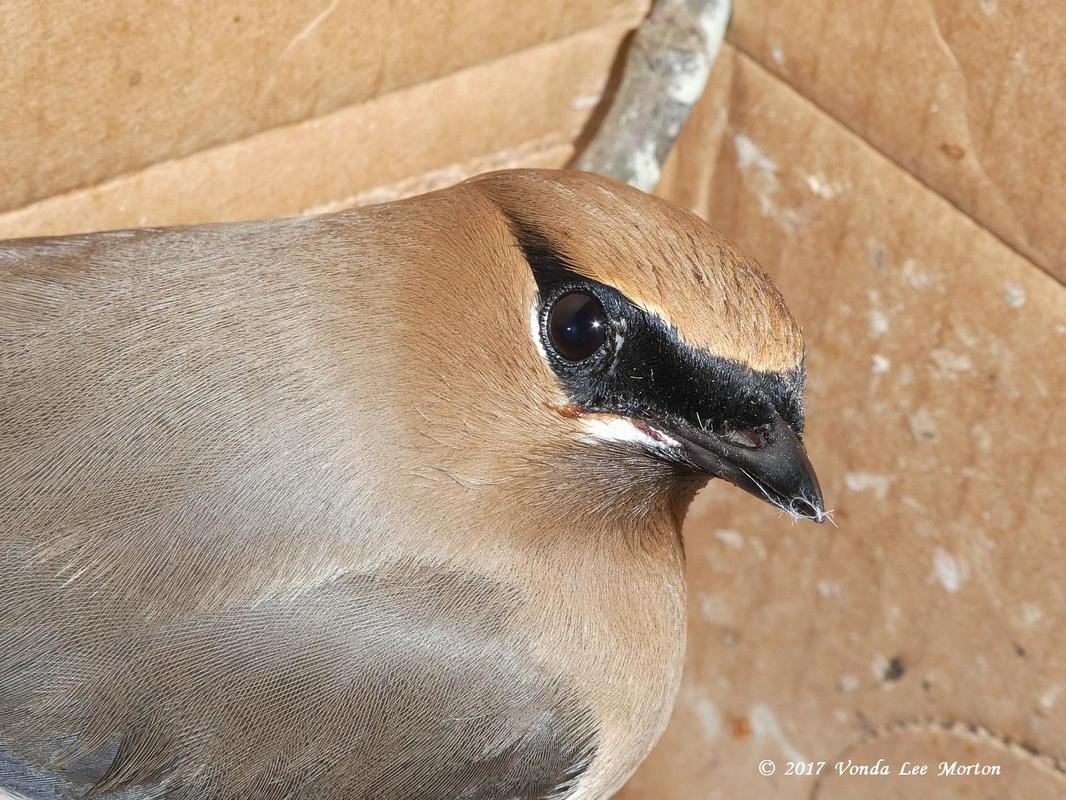
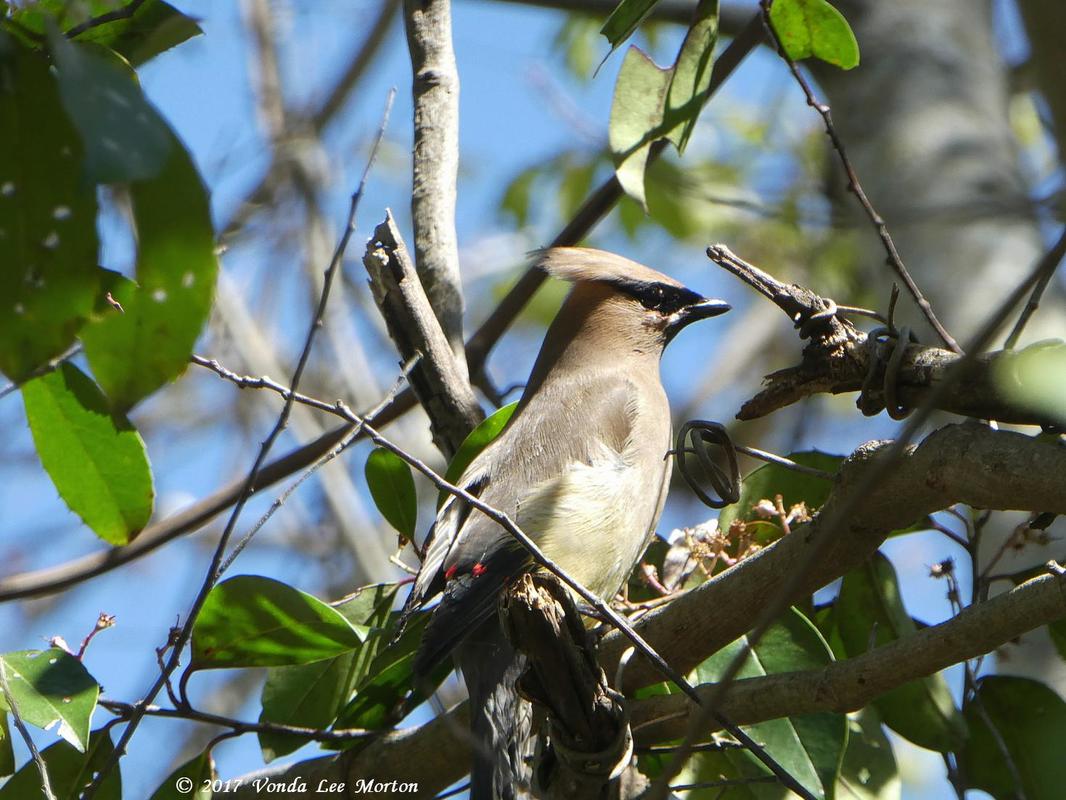
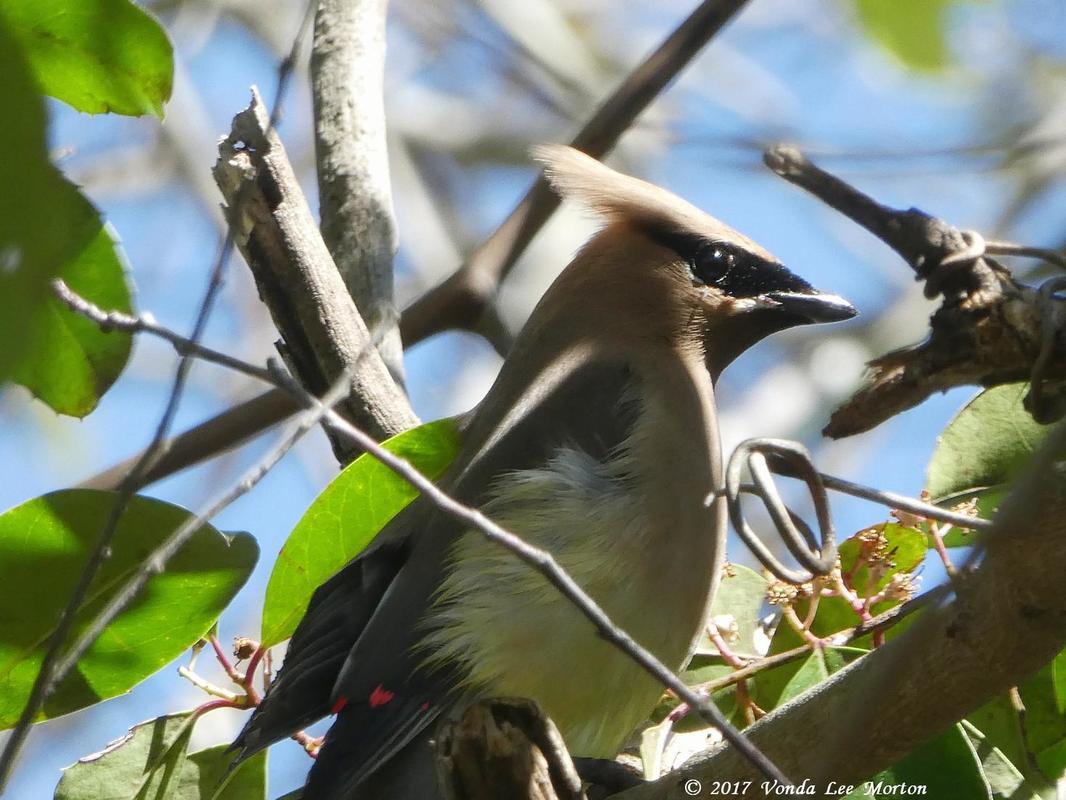
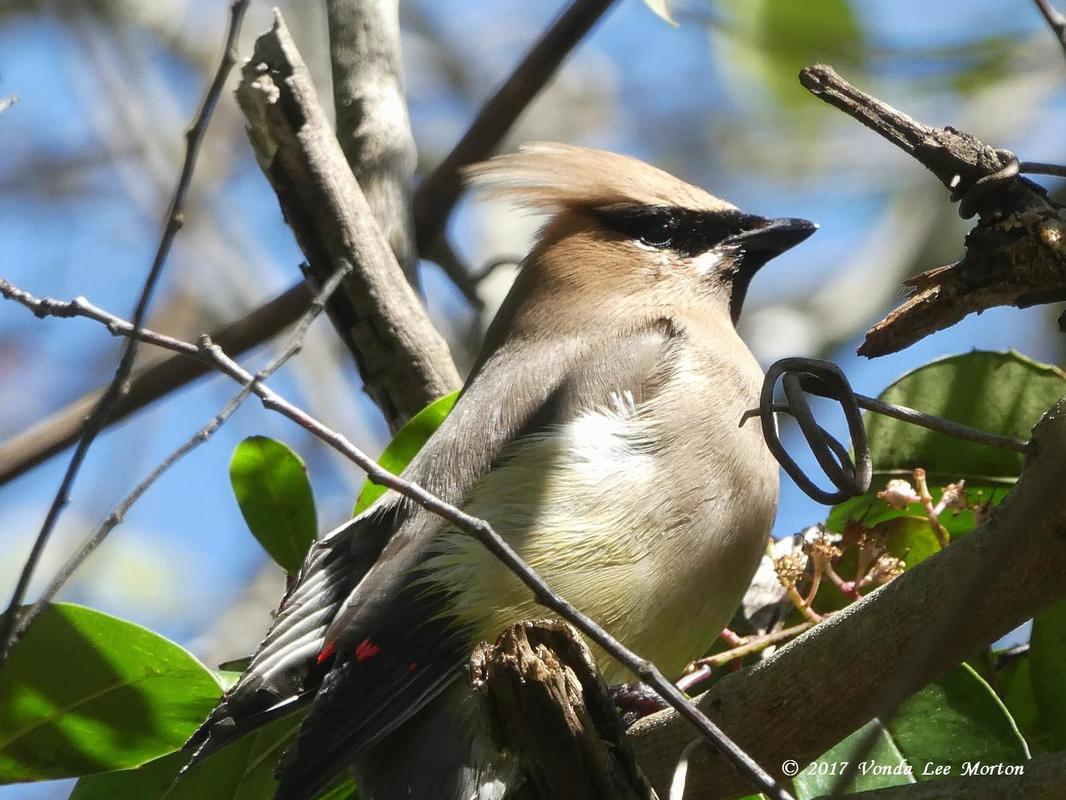
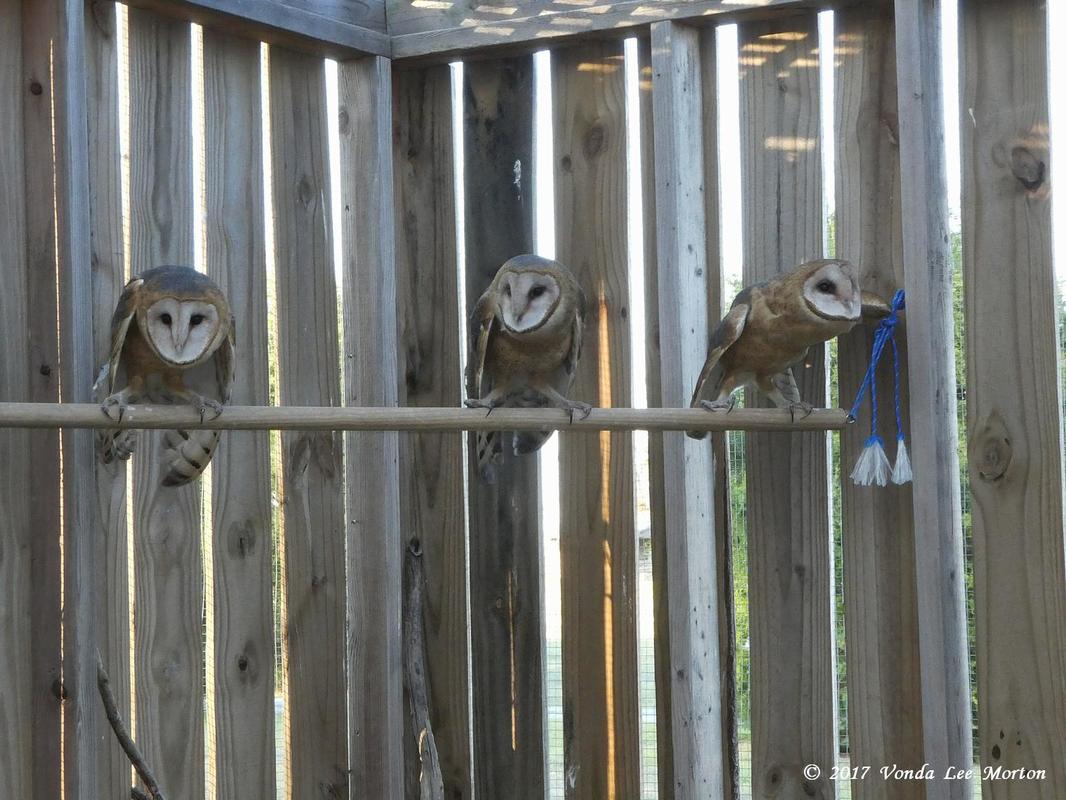
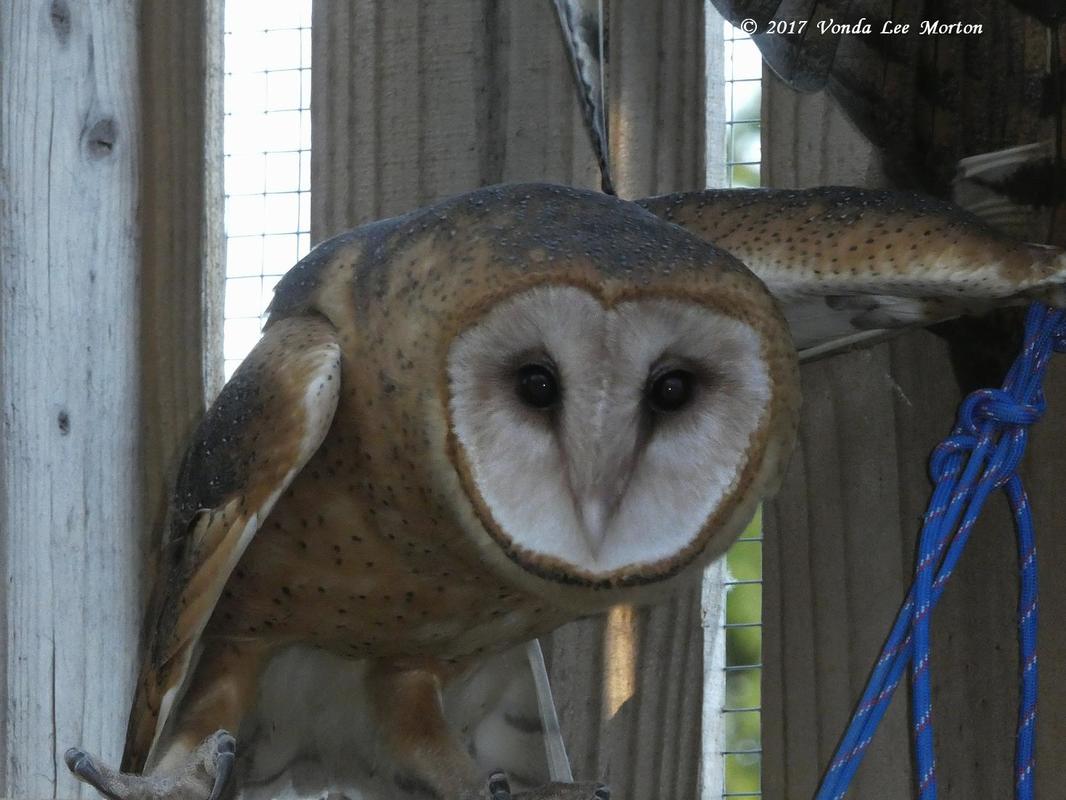
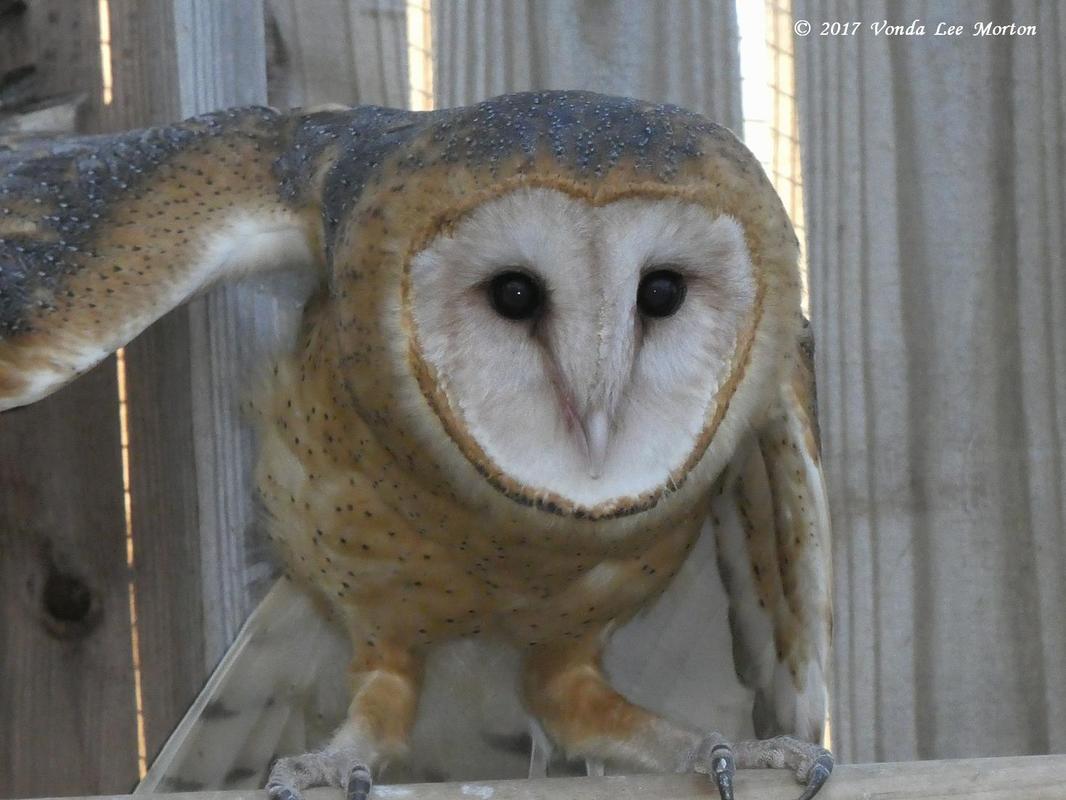
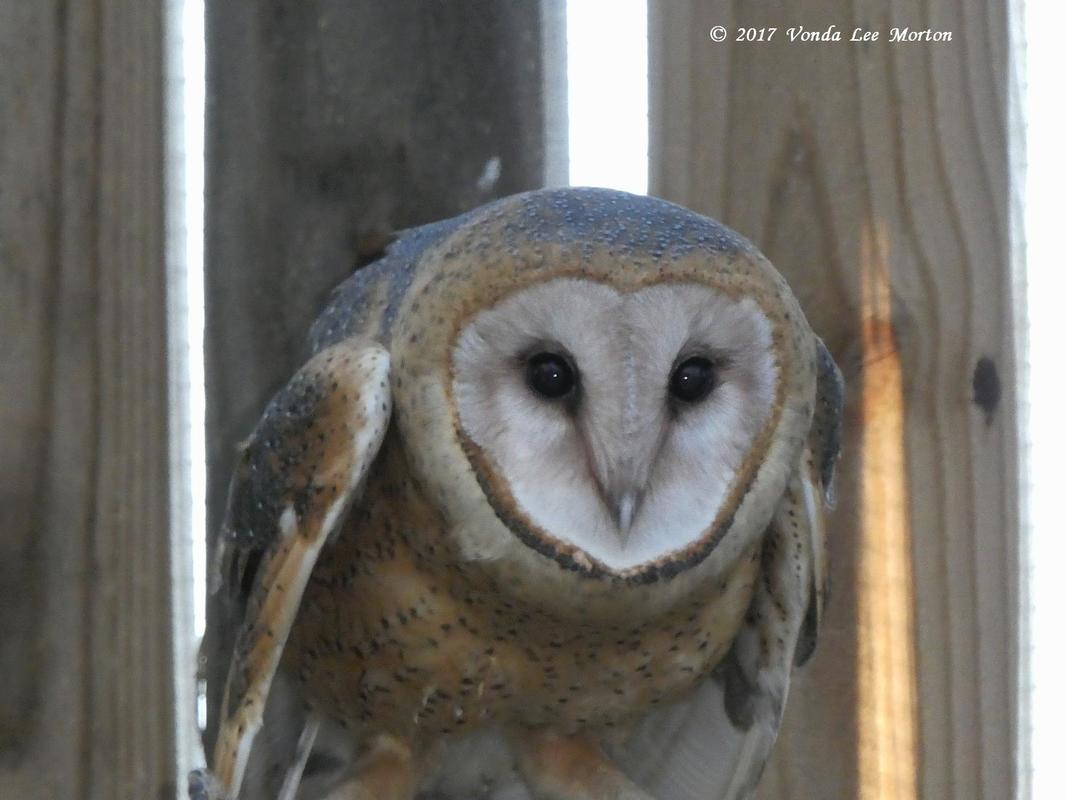
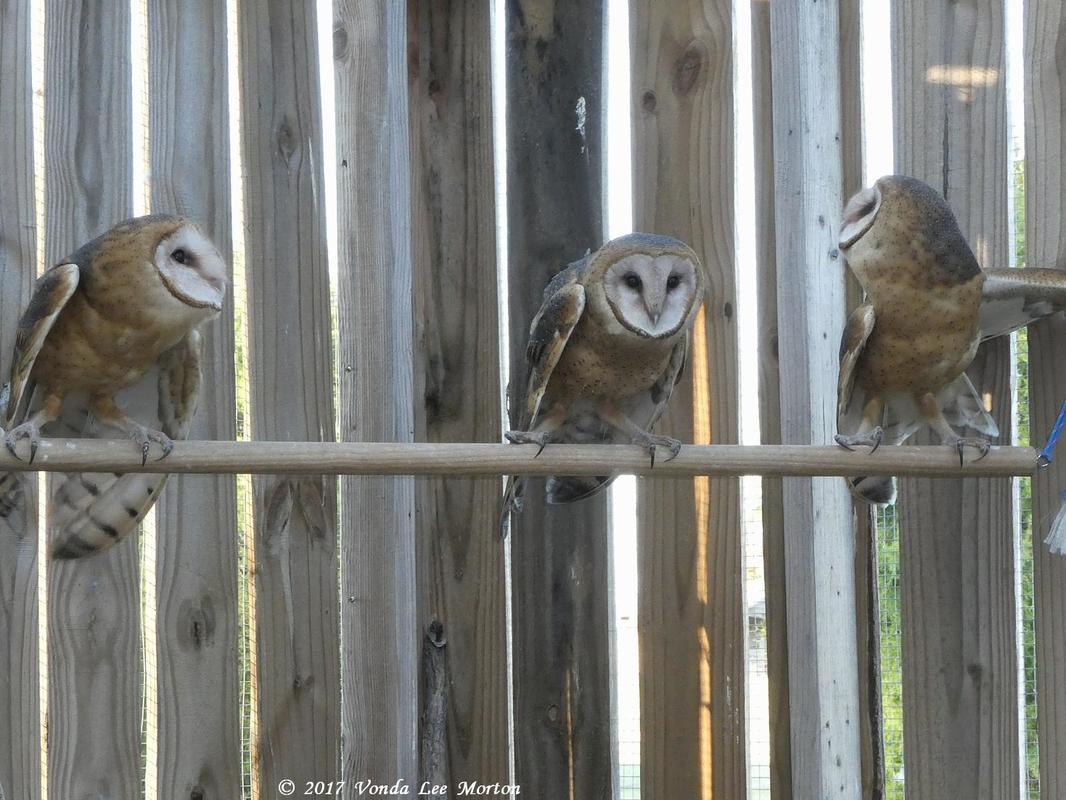
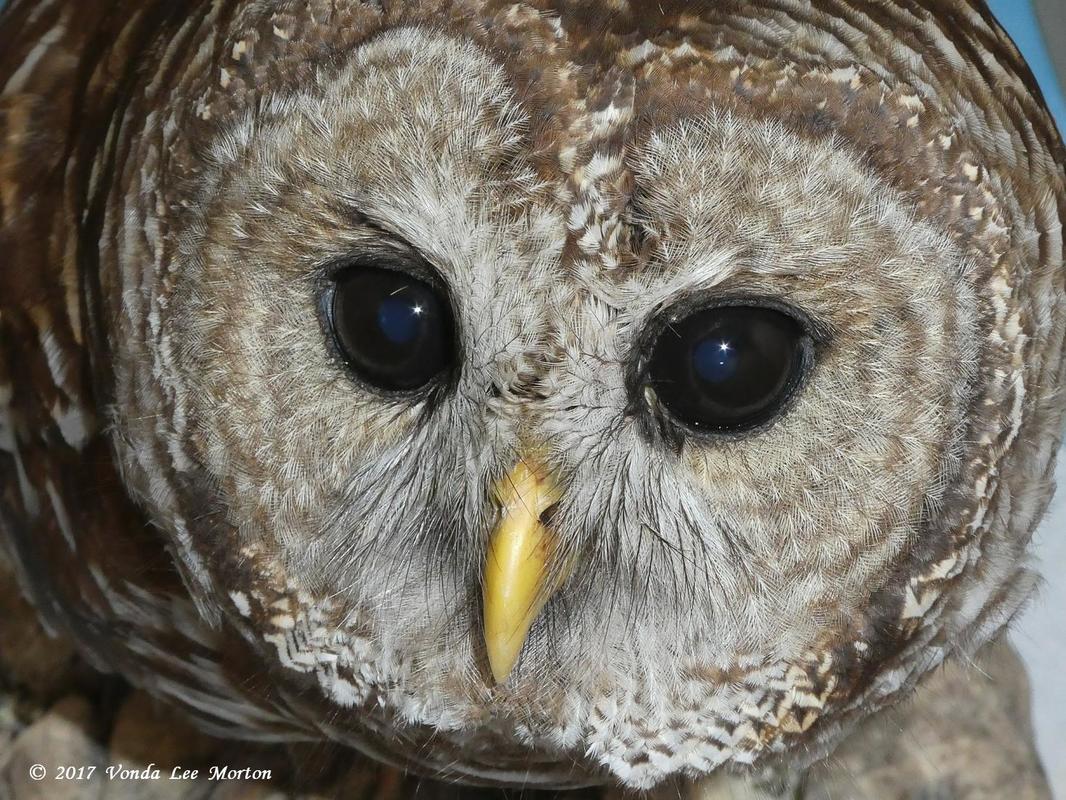
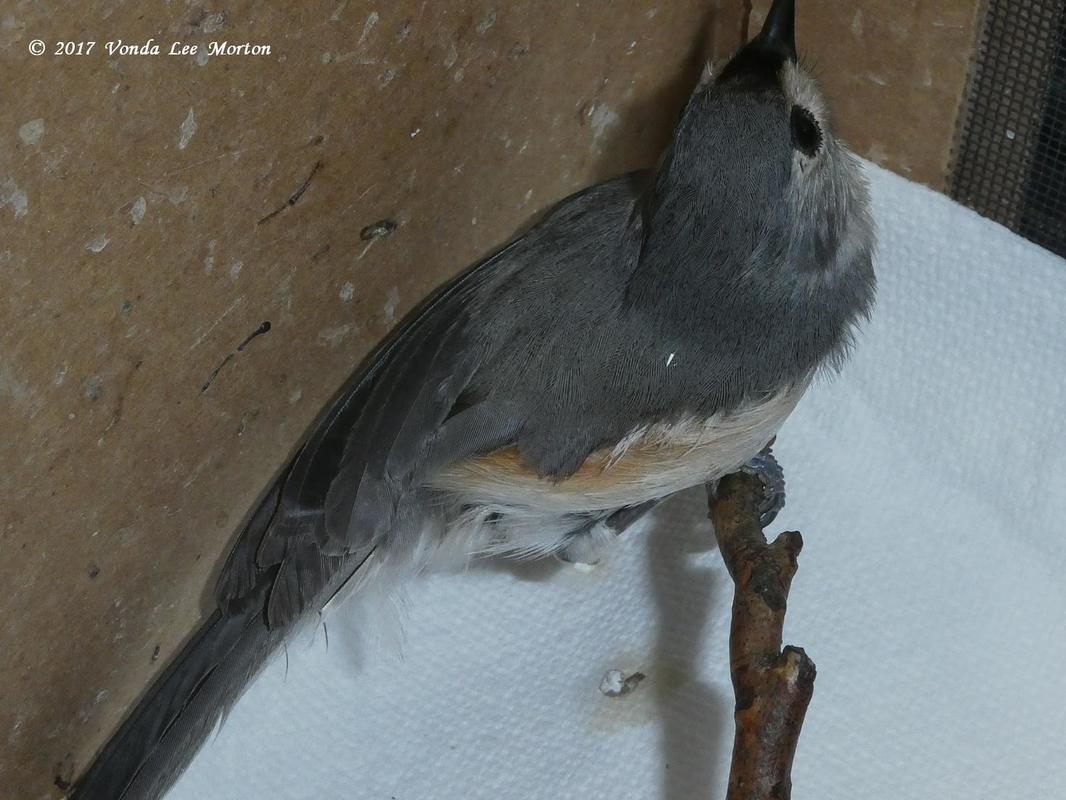
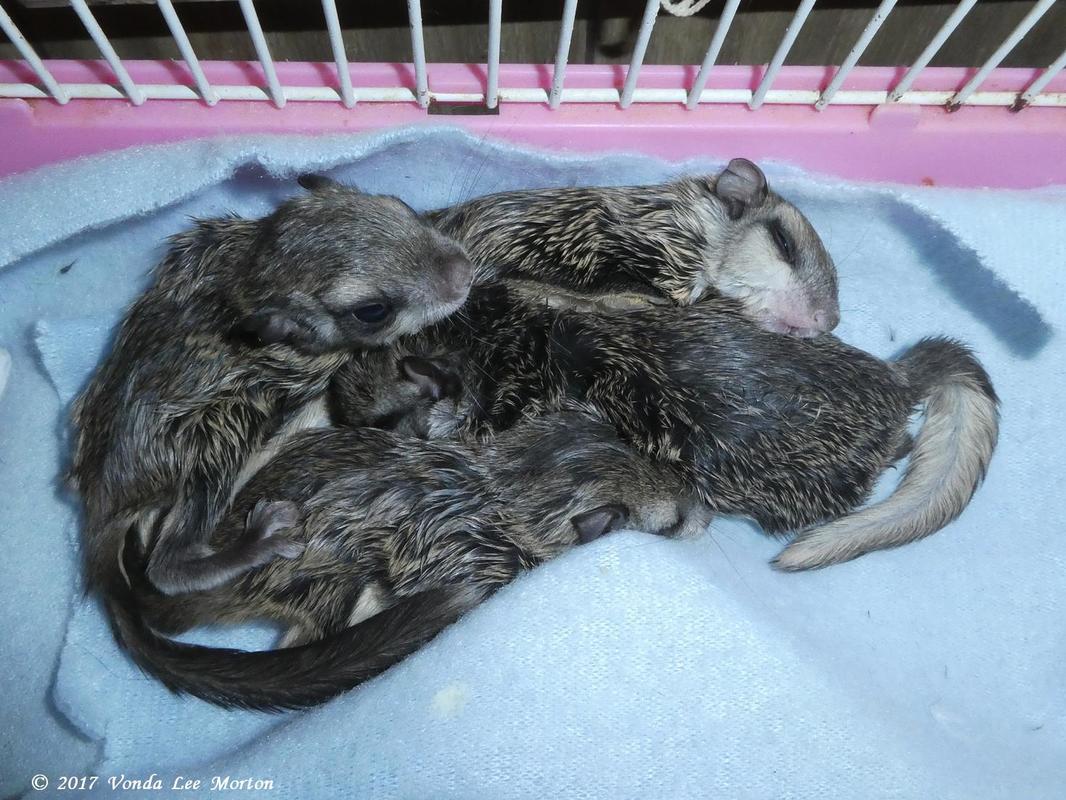
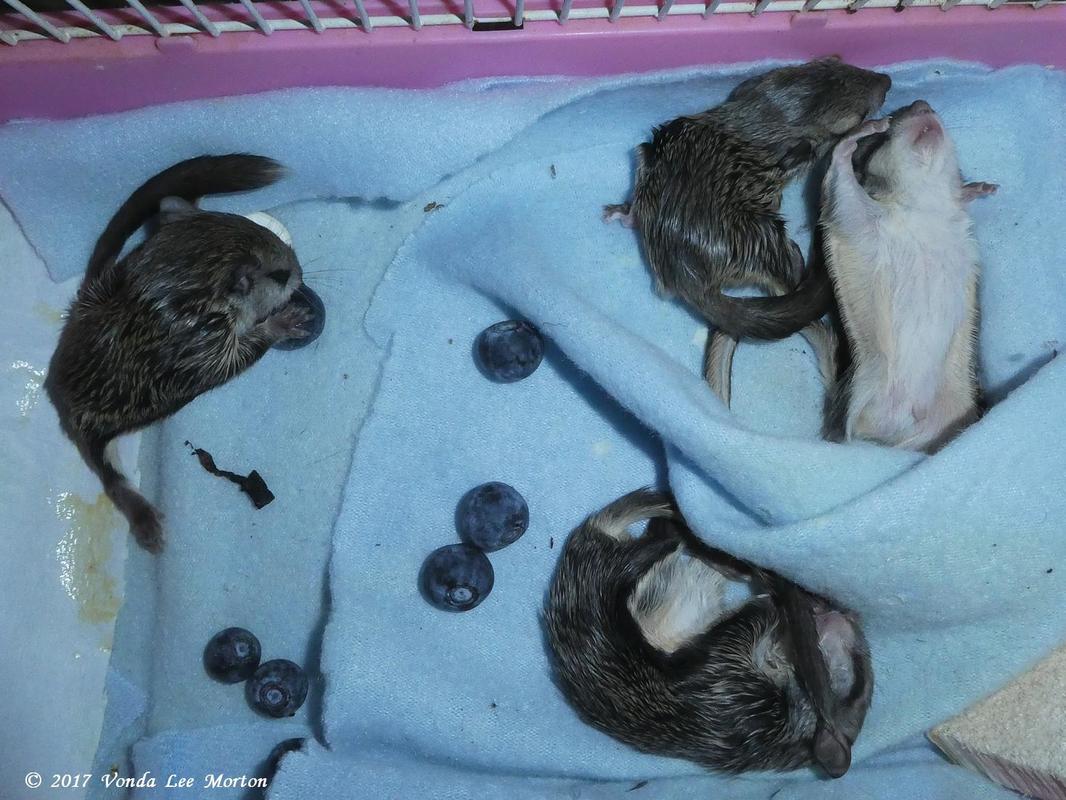
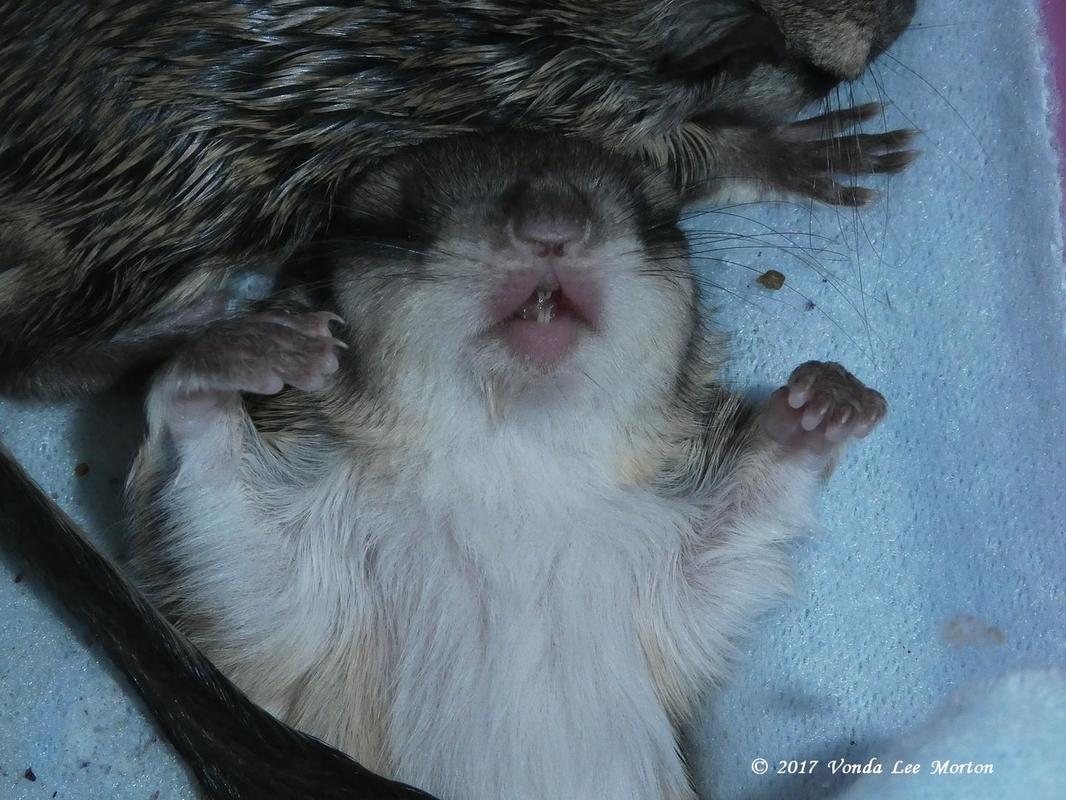
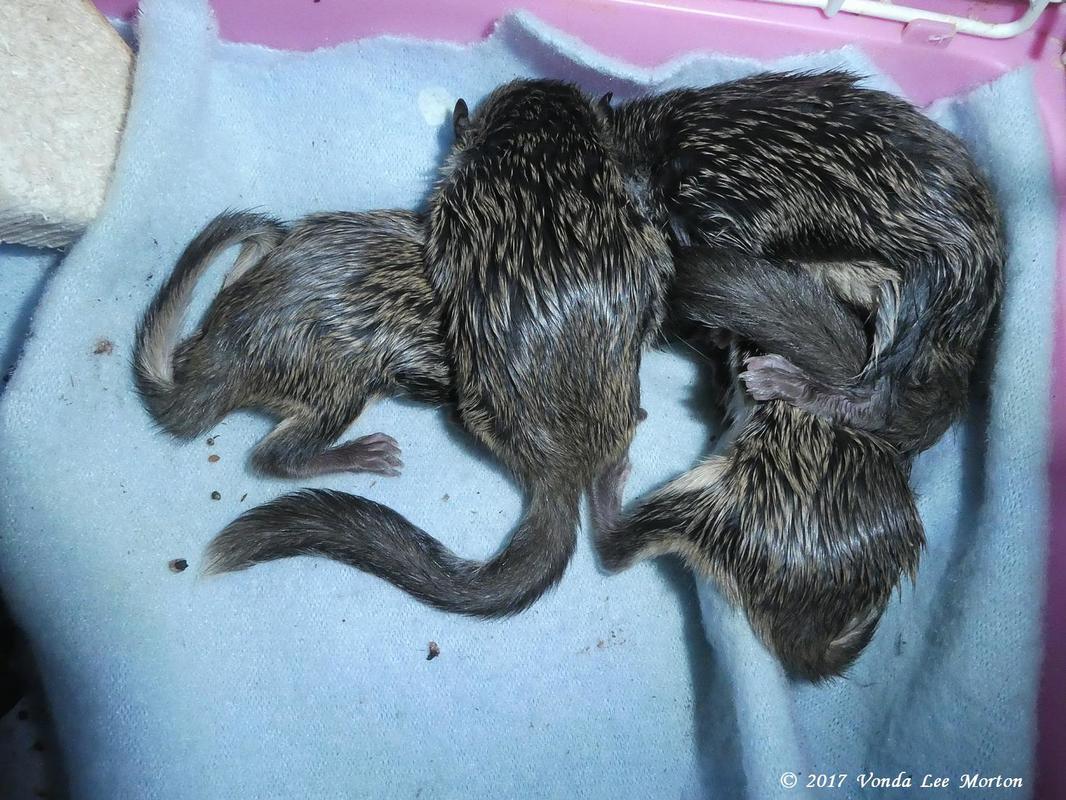
 RSS Feed
RSS Feed
